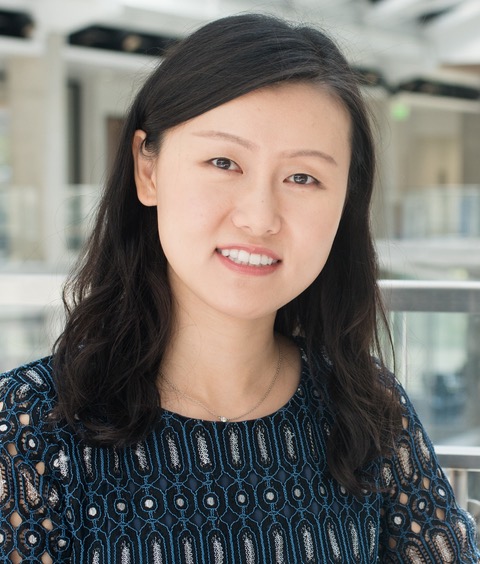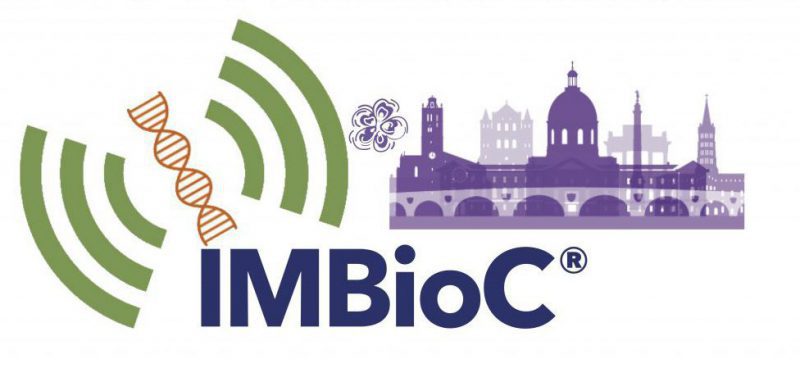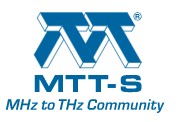WIRELESS ELECTRONIC TATTOOS FOR PERSONALIZED MOBILE SENSING AND THERAPEUTICS
Prof. Nanshu Lu
Temple Foundation Endowed Associate Professor
University of Texas at Austin
Merging human body with electronics and machines can enable internet of health (IoH), human-machine interface (HMI), as well as augmented human capabilities. However, bio-tissues are soft, curvilinear and dynamic whereas wafer-based electronics are hard, planar, and rigid. Over the past decade, stretchable high-performance inorganic electronics blossom as a result of innovative structural designs and fabrication processes. In particular, epidermal electronics, a.k.a. electronic tattoos (e-tattoos) represent a class of noninvasive stretchable circuits, sensors, and stimulators that are ultrathin, ultrasoft and skin-conformable. Our group has invented a dry and freeform “cut-solder-paste” method for the time- and cost- effective rapid prototyping of wireless stretchable e-tattoos. The e-tattoos can be applied for electrophysiology (e.g. ECG, EEG, EMG, EOG, etc.), mechanophysiology (e.g. respiration, seismocardiogram, etc.), thermophysiology, photoplethysmography (PPG) etc.. The e-tattoos can also be used as personalized treatment and therapeutic device. For wireless operation, we leverage Bluetooth low energy (BLE) for wireless data transfer and near field communication (NFC) for wireless charging on-the-go. A modular and reconfigurable concept will be introduced to enable the recycling of integrated circuits. A perspective on future opportunities and challenges in this field will be offered at the end of the talk.

Nanshu Lu Bio
Dr. Nanshu Lu is currently Temple Foundation Endowed Associate Professor at the University of Texas at Austin. She received her Ph.D. from Harvard University and then Beckman Postdoctoral Fellowship at UIUC before joining UT-Austin. Her research concerns the mechanics, materials, manufacture and human integration of soft electronics. She has published more than 80 journal articles with more than 12,000 citations. She was the funding Associate Editor of Soft Robotics. She has been named 35 innovators under 35 by MIT Technology Review and has received NSF CAREER Award and multiple DOD Young Investigator Awards.



